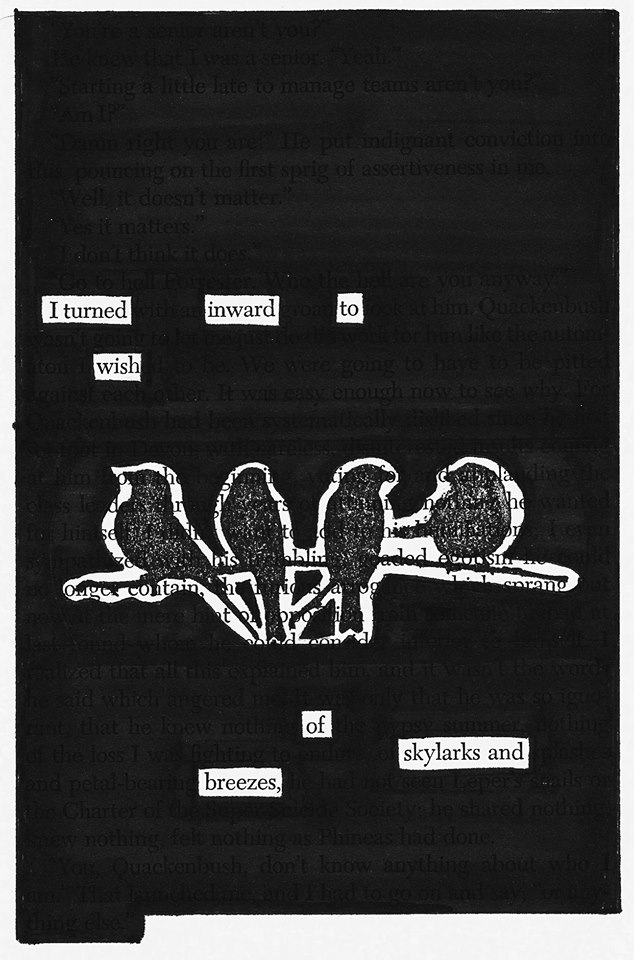

Again, traditionally speaking, a Blackout poem is an opportunity to take random words from a text and make something poetic out of it, and many students are familiar with the concept, so I go over my expectations for their Blackout Poem. We go over what a Blackout Poem looks like and what its function is. When they’ve determined what the author’s purpose is, then we read with the intention of looking for any text that contributes to the holistic purpose, in this case, the depiction of the “complex relationship” between the two characters.Īt this point, I introduce them to the assignment. I’ve used The Mayor Casterbridge prompt from 2016 for this assignment, though it can modified to use with any passage (or poem).

The first thing we do is look at the prompt and determine what the larger purpose is, at least according to the prompt. I took the traditional Blackout Poetry assignment, which is, for the most part, a creative-type activity, and modified it to be of use in strengthening their analysis and breaking them from the bad habits of scavenging for literary devices.

So I came up with an activity that helps some of my struggling writers focus solely on the text and deprive them of the opportunity to categorize it under the many terms that we covered early in the year. They seem to think, as much as I try to break them from this belief, that close reading is an act of scavenging for literary terms, and that by merely identifying a metaphor or a simile or personification will magically grant them access the elusive “author’s purpose.” Over the course of the year, many of my students become particularly adept at identifying weighty text within a passage or poem however, many of them become fixated upon the idea that it needs to be formally classified under one of the aforementioned devices, and if they’re not able to classify it under a larger term, many simply discard it or neglect to discuss its significance. One of the consistent issues that I have to combat throughout the year is that my students – in their close reading and analysis – keep tripping themselves up because they can’t “find any literary devices” in the passage or poem.


 0 kommentar(er)
0 kommentar(er)
